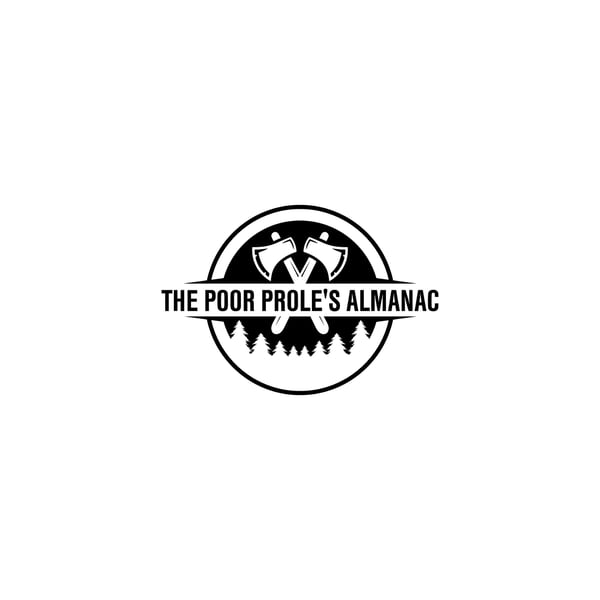The Homesteading Movement, The Vietnam War, & The White Supremacy Movement
The Poor Prole’s Almanac
Bleav + The Poor Prole’s Alamanac
5 • 761 Ratings
🗓️ 17 June 2024
⏱️ 55 minutes
🧾️ Download transcript
Summary
Transcript
Click on a timestamp to play from that location
| 0:00.0 | Welcome back, Portozoombe. |
| 0:15.0 | We're here with that agro history content that you spent 20 some odd years never thinking you needed. |
| 0:25.3 | And then you heard it and you're like, why don't I listen to this every day? |
| 0:30.4 | So to this point, we've been, what do we, 17 episodes now into this series of permanent agriculture. |
| 0:38.2 | So we've said a few things at this point. |
| 0:40.9 | We discussed the concerns that people like Russell Lord and Liberty Hyde Bailey and even the |
| 0:45.9 | Odom brothers had with like that Jeffersonian vision of the individual homestead is like |
| 0:51.1 | this like central unit, this sustainable unit, this self-sustaining sufficient thing, that it wasn't this thing that could really address the issues of industrialization and urbanization and like the discomfort of like industrial agriculture, especially like in the post-Dustpull era, |
| 1:11.9 | uh, among like many other things. |
| 1:15.3 | We've also covered to this point the divisions in the permanent agriculture movement |
| 1:20.2 | since the post-World war through the odoms, biodynamics, organics, as well as the role |
| 1:27.4 | the odoms had and the marginalization |
| 1:29.7 | of the agroecology movement here in the United States. |
| 1:32.4 | Oh, what, that old thing? |
| 1:33.9 | That's, I mean, that was common knowledge, really. |
| 1:37.3 | That, everybody knows about that. |
| 1:40.3 | Everybody knows is like the odoms, oh, my uncle wrote a thesis on them. |
| 1:45.2 | Actually, funny story. |
| 1:47.1 | Odom stitch pillows all the time. |
| 1:51.5 | The O stitch, yeah, you see it all the time. |
| 1:54.6 | I did read a thesis, and this is like the nerdiest thing I've ever said in my life. |
| 1:58.8 | This guy. |
... |
Please login to see the full transcript.
Disclaimer: The podcast and artwork embedded on this page are from Bleav + The Poor Prole’s Alamanac, and are the property of its owner and not affiliated with or endorsed by Tapesearch.
Generated transcripts are the property of Bleav + The Poor Prole’s Alamanac and are distributed freely under the Fair Use doctrine. Transcripts generated by Tapesearch are not guaranteed to be accurate.
Copyright © Tapesearch 2025.

